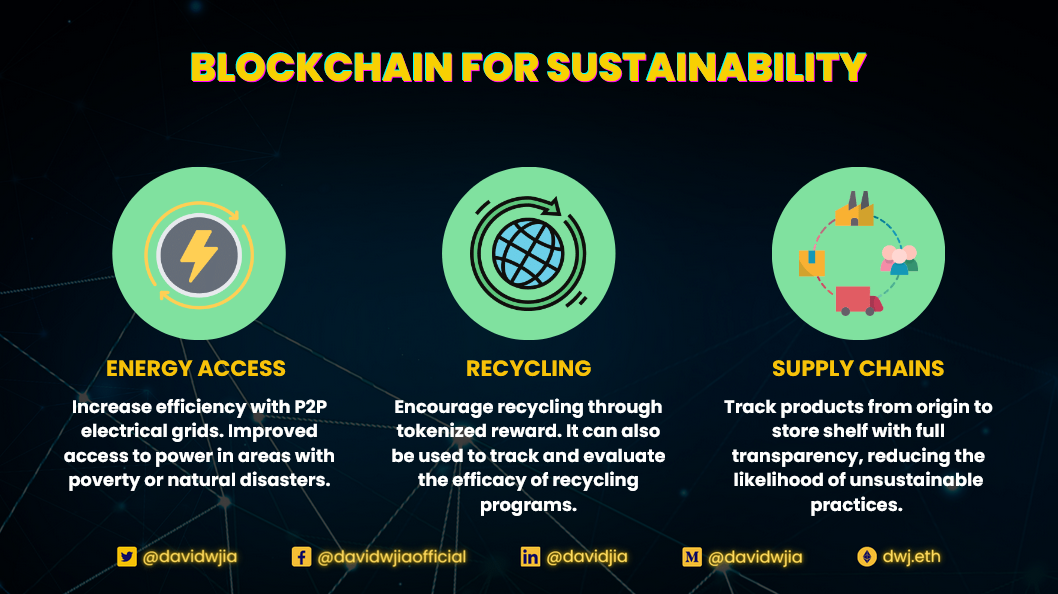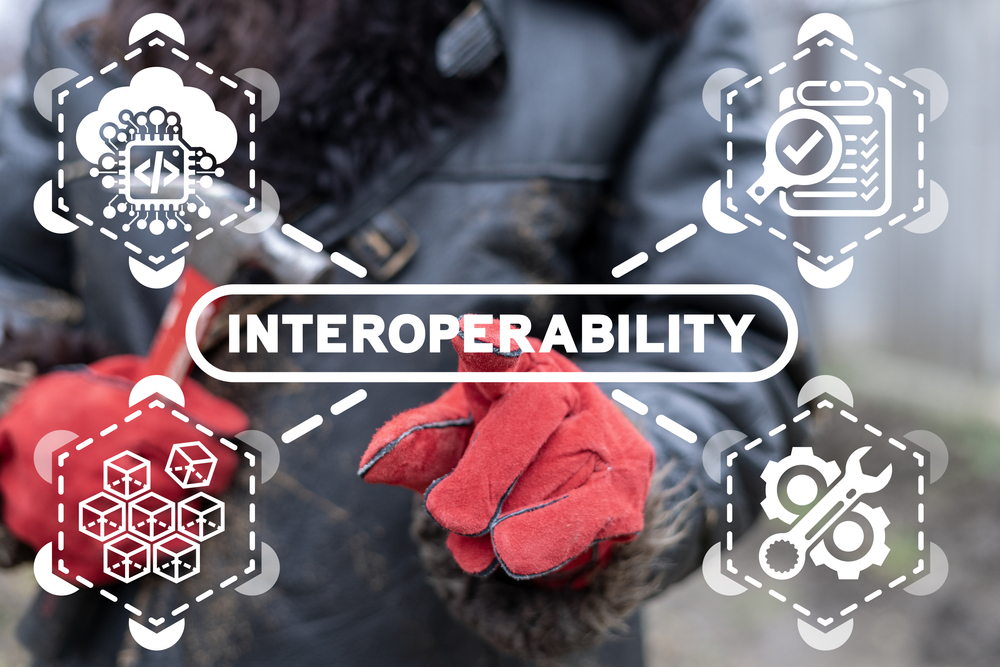
The cryptocurrency world has evolved dramatically since Bitcoin’s genesis block was mined in 2009. What began as a simple proof-of-work experiment in decentralized money has blossomed into a vast digital economy powered by diverse consensus mechanisms, with staking emerging as the next frontier. From the roaring days of Bitcoin mining farms to today’s eco-friendly proof-of-stake networks, blockchain technology has been on a relentless quest for efficiency, security, and scalability.
Let’s take a closer look at how the journey from mining to staking represents not just a technical shift, but a transformation in how blockchain networks function—and how value is created within them.
Mining: The Foundation of Blockchain Security
At its core, mining is the process that keeps proof-of-work (PoW) blockchains secure and operational. Miners use computational power to solve complex cryptographic puzzles, validating transactions and adding new blocks to the chain. In return, they receive newly minted coins—a process that simultaneously distributes currency and secures the network.
Bitcoin’s mining model set the gold standard for decentralized trust. By tying network security to real-world energy expenditure, PoW created a system that’s incredibly difficult to attack. However, as Bitcoin grew, so did concerns about scalability and energy consumption. The “arms race” of mining hardware—from CPUs to ASICs—led to centralization in mining power and growing environmental scrutiny.
Despite these criticisms, mining remains a cornerstone of blockchain resilience. It’s what makes Bitcoin’s network practically unbreakable and why it continues to serve as the most secure blockchain ever built.
Enter Staking: A New Era of Consensus
As the crypto industry matured, developers sought alternatives to mining that could maintain decentralization without the energy cost. Enter proof-of-stake (PoS)—a consensus mechanism that replaces energy-intensive computation with economic participation.
In PoS systems, validators lock up (or “stake”) their tokens to secure the network and validate transactions. Instead of solving puzzles, these validators are chosen based on the size and duration of their stake. If they act dishonestly, their stake can be slashed—creating strong economic incentives for honesty.
This innovation offers multiple benefits:
- Energy Efficiency: Staking reduces energy use by over 99% compared to mining.
- Accessibility: Anyone with a few tokens can participate, democratizing network validation.
- Speed and Scalability: PoS networks often process transactions faster and cheaper.
Ethereum’s transition to PoS through “The Merge” in 2022 marked a turning point, proving that a major blockchain could successfully move away from mining without compromising security.
How Staking Works in Practice
Staking isn’t just a technical function—it’s a financial opportunity. Participants can earn rewards in the form of additional tokens, similar to earning interest in traditional finance.
There are several ways to stake:
- Solo Staking: Running your own validator node, giving you full control but requiring technical know-how and a significant minimum stake.
- Delegated Staking: Delegating your tokens to a validator who stakes on your behalf for a share of the rewards.
- Staking Pools: Grouping tokens with other investors to increase collective staking power and rewards.
Popular staking networks include Ethereum, Cardano, Solana, and Polkadot, each offering unique mechanics and reward structures. The rise of liquid staking—where staked assets are tokenized and can be used elsewhere in DeFi—has further expanded the ecosystem, unlocking new layers of liquidity and composability.
Beyond the Mechanisms: The Economic Shift
The shift from mining to staking isn’t just technological—it’s economic and ideological. Mining rewards those who can afford massive computational infrastructure, often leading to geographical and capital concentration. Staking,







